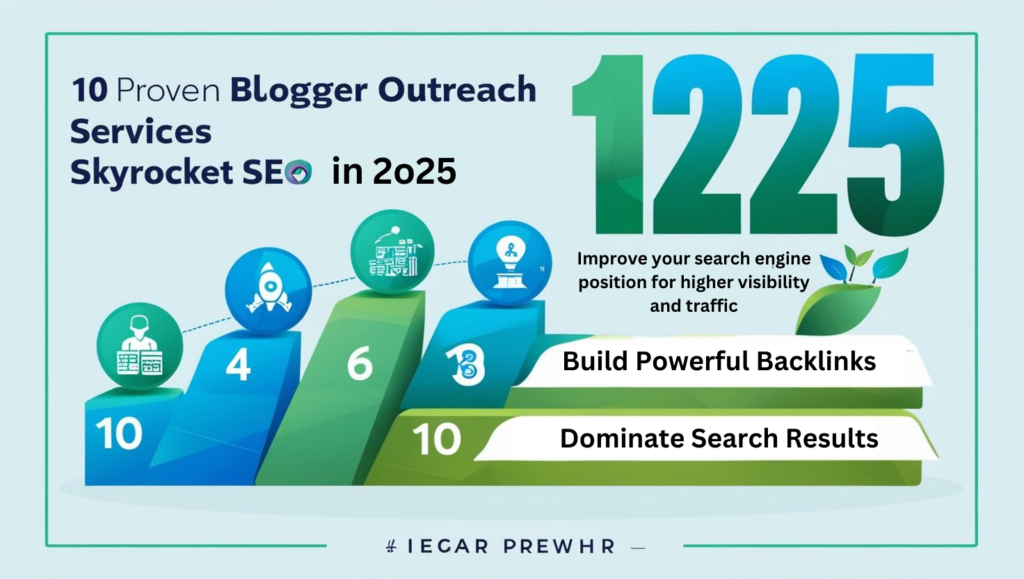Content marketing is at the heart of a thriving digital presence. It’s your traffic generator, the engine that drives clicks, engagement, and growth. But without a plan in place, it’s like navigating uncharted waters without a map. A robust content marketing plan isn’t just a good idea—it’s necessary for content marketers, start-ups, and established businesses.
Are you looking to create a tailored approach that aligns with your goals while bringing significant results? This guide dives deep into how to build a content marketing plan that boosts your organic traffic and creates sustainable growth for your brand.

Why a Content Marketing Plan is Essential for Traffic Growth
A content marketing plan serves as your roadmap to success. Consider it a bridge between your business objectives and your potential audience. With a clear, strategic plan, content can drive new traffic to your site while meeting user needs. Here’s why it matters:
- Consistency: A plan ensures regular content publishing, which improves audience engagement and strengthens SEO.
- Efficiency: It saves time and resources, letting your team focus on execution rather than guesswork.
- Scalability: A structured plan allows for scaling up with efficiency and ease.
- Data-Driven Adjustments: A plan opens the door to continuous reporting on content marketing success and refining data-based strategies.
Key Benefits of a Strategic Plan:
- Boosting SEO and Organic Traffic: Aligning content with high-performing keywords increases visibility.
- Improved Audience Targeting: A clear strategy helps identify and address your audience’s pain points.
- Seamless Integration Across Channels: From email marketing for content distribution to social media, your strategy creates harmony.
- Better ROI: A cohesive plan ensures every content serves a purpose, boosting return on investment.
Here’s the step-by-step guide to building a winning content marketing plan.
Step 1: Define Your Goals & KPIs
Before writing a single word, establish what success looks like for you. Is your aim to grow traffic by 50%? Generate leads? Increase email sign-ups?
Aligning Content Goals with Business Objectives
Your content goals should directly support broader marketing goals, such as boosting SEO and sales growth. Examples include:
- Generating 25% more leads from blog posts in six months.
- Using email marketing to convert subscribers into paying customers.
- Developing a content plan for start-ups targeting local SEO strategies.
Important Metrics to Track
- Organic traffic (via Google Analytics or similar tools)
- Average session duration
- Bounce rate
- Conversion rates from content
Step 2: Understand Your Target Audience
Who are you writing for? Even the best content won’t hit the mark without understanding your audience’s unique needs, preferences, and problems.
Creating Buyer Personas
Start by creating detailed personas. Include segments like:
- Their demographics (age, location, job)
- Interests and hobbies
- Behavioral traits
For example, are they looking for content marketing plan templates, or are they content marketers seeking better insight into aligning video content with marketing objectives?
Identifying Pain Points & Interests
What problems does your audience need solving? Probing into their specific challenges helps frame your content around the solutions they’re searching for.
Step 3: Conduct Keyword & Topic Research
Using SEO Tools to Find High-Performing Keywords
Make use of tools such as Google Keyword Planner, Ahrefs, and SEMrush to identify high search volumes and manageable terms. For example:
- Content plan template – widely searched by beginners seeking structure.
- Adjusting strategies based on local SEO data – targeted to advanced marketers.
Balancing Evergreen vs. Trending Topics
Evergreen topics ensure long-term relevance (e.g., how to create a content marketing plan) while trending subjects generate spikes in traffic (e.g., AI’s role in content marketing). Strike a balance between the two for maximum reach.
Step 4: Develop a Content Calendar
A successful plan requires an organized schedule. It removes the guesswork and simplifies execution.
Choosing Content Types
Not all content is created equal. Assess what type fits your audience and goals:
- Blog posts (SEO-focused deep dives or how-tos)
- Videos (explainer videos or demos)
- Infographics (data visualization opportunities)
- Podcasts (conversations with industry experts)
Setting Up an Effective Publishing Schedule
How often should you post? Quality beats quantity. Consistently publishing bi-weekly or monthly long-form posts will likely yield better results than daily, thin content.
Step 5: Create High-Quality, Engaging Content
Best Practices for SEO Optimization
- Use your target keywords naturally within headings, URLs, meta descriptions, and body text.
- Include engaging visuals, such as infographics and videos.
- Focus on creating user-friendly formats with bullet points and H2/H3 headers.
Writing for Humans & Search Engines
While incorporating SEO terms like “social media marketing jobs,” ensure your copy reads naturally for users. Remember, engagement metrics often influence search rankings.
Step 6: Promote & Distribute Your Content
Even the best content won’t drive traffic if no one sees it. Promotion is key.
Leveraging Social Media & Email Marketing
- Use platforms like LinkedIn, Facebook, or Instagram to share content.
- Send newsletters and personalized emails to boost visibility.
Outreach & Influencer Collaborations
Collaborate with influencers in your niche or guest post on industry-relevant platforms to broaden your reach.
Step 7: Analyze Performance & Optimize Strategy
Data tells the story of success. Measure and pivot based on what’s working.
Tools for Measuring Traffic & Engagement
Tools like Google Analytics, HubSpot, and SEMrush provide insights into:
- Traffic sources
- Conversion rates
- Top-performing content pieces
Iterating Based on Data Insights
Does one topic type outperform others? Are users bouncing off specific posts? By adjusting your data-driven SEO strategy, you can create more impactful content.
Why a Content Marketing Plan is Your Best Traffic Generator
Crafting a content strategy isn’t just about creating—it’s about building a system that transforms efforts into measurable success. With a well-planned approach, your content attracts the right audience and nurtures them into loyal customers.
Are you ready to simplify your process? Download our Content Plan for Social Media Example or find a customizable Content Marketing Plan Template to kickstart your efforts. Give your brand the competitive edge it needs today!
FAQs
Content planning is the process of strategically mapping out content creation and distribution efforts to achieve specific goals and objectives.
Yes, digital marketing agencies often create content as part of their services, including blogs, website content, and more.
I couldn’t find specific salary information for this role at Teaching Strategies LLC. You may need to check job boards or company-specific resources for accurate details
It focuses on measuring and analyzing marketing data to manage performance and maximize return on investment.
Proven strategies include SEO optimization, high-quality content creation, social media integration, and email marketing
A marketing plan’s situation overview should identify market gaps, competitor analysis, and growth opportunities.
Content strategy requires understanding subtle language cues, cultural references, and audience perspectives, which AI cannot fully grasp.
Yes, content creation is highly popular and is considered one of the most desirable jobs in the creator economy.
Social media marketing is improved by AI by automating content creation, scheduling, audience targeting, and performance analysis.
The 5 P’s are Plan, Produce, Publish, Promote, and Prove.
The steps include defining goals, understanding the audience, conducting a content audit, choosing content types, creating a content calendar, distributing content, and analyzing performance.
These are the 4 C’s: Consumer, Cost, Convenience, and Communication.
The 4 E’s are Educate, Engage, Entertain, and Empower


